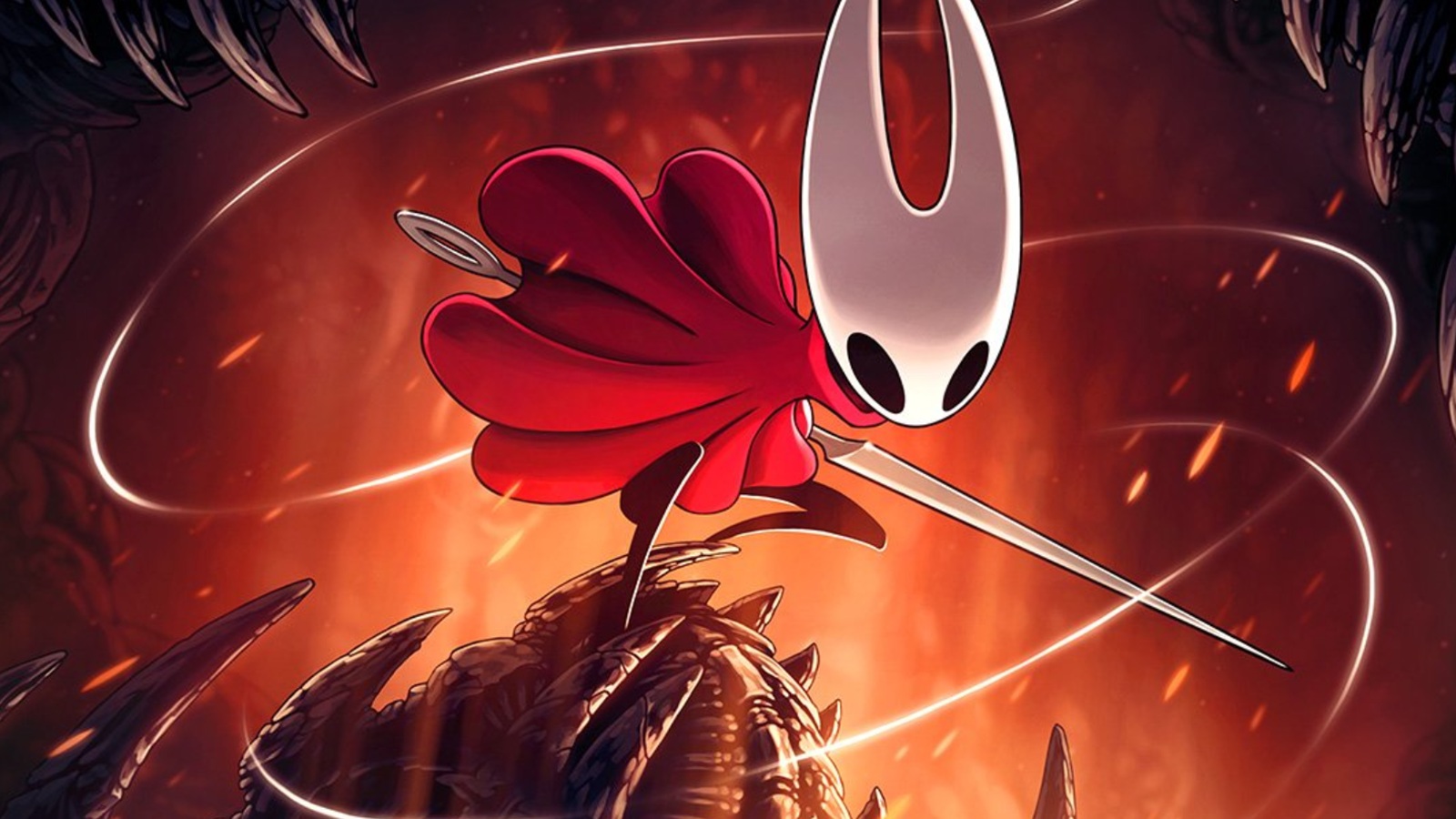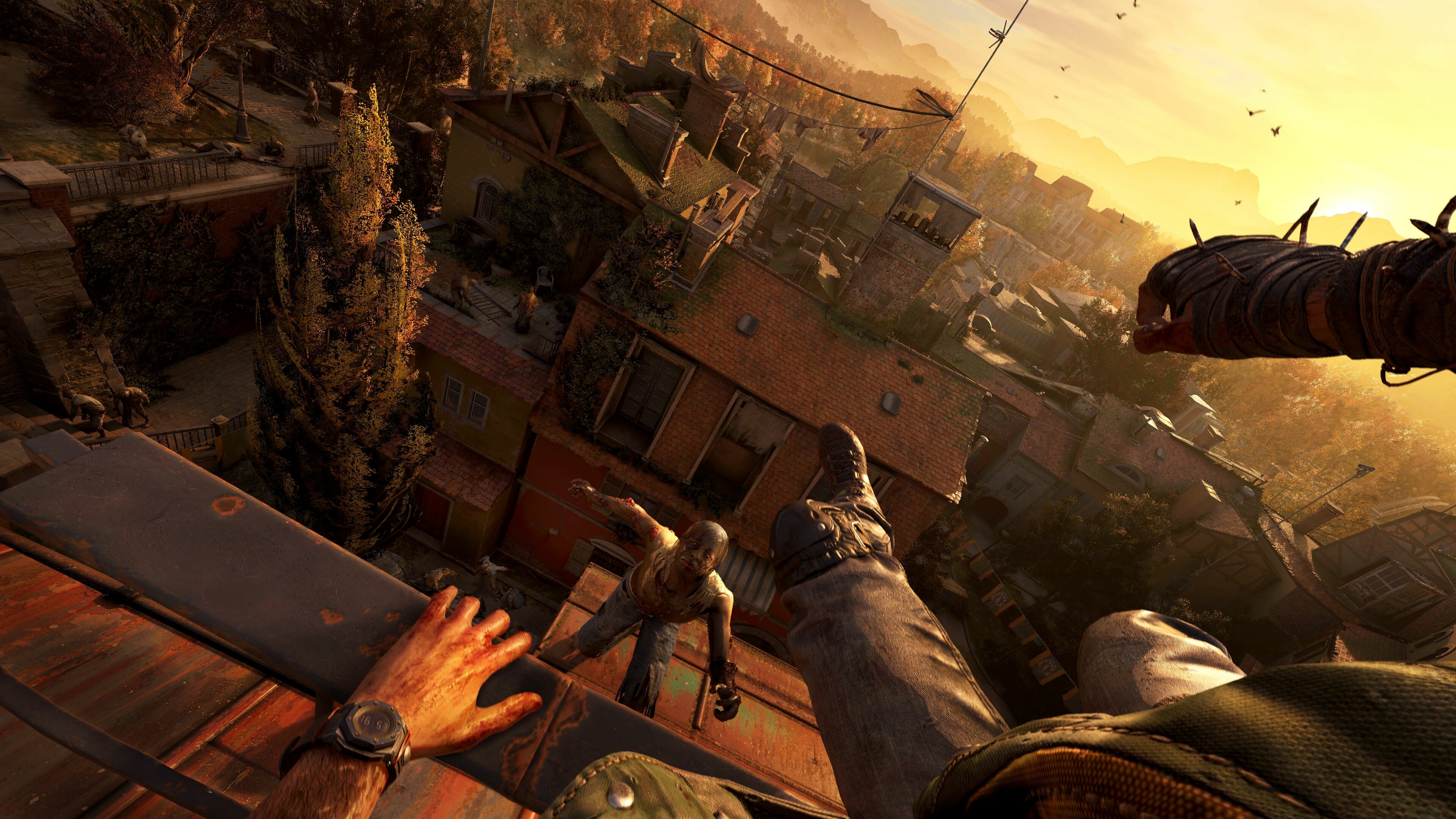By Tj Denzer
Copyright shacknews

Whether you’re looking at the making Hollow Knight: Silksong or the many patient fans that have been waiting, this has been a long time coming. And in the end, it was worthwhile to open this up, let it breathe, and take in all the notes, because not only is Hollow Knight: Silksong a challenging Metroidvania, it’s also dense. And while that challenging side sometimes slips into annoying territories, this is an undeniably well-crafted delivery of a promise made nearly a decade ago.
Need help with your own adventure? Check out our HOLLOW KNIGHT: SILKSONG INTERACTIVE MAP.
Into the lands of Pharloom
The story of Hollow Knight: Silksong finds a notable character from the first game, the half-god bug Hornet, in a bit of a predicament. She seems to have been caught by a cult, drained of her powers, and prepared for transport in a cage to some unknown recipient. A little bit of fate intervenes and she gets just enough power to break out of her confinements, falling to the very bottom depths of a land called Pharloom. We quickly learn two things. First, Pilgrims climb Pharloom in a quest to reach a holy place called the Citadel. Secondly, there is mysterious thread strewn throughout Pharloom that makes both beast bugs and rational bugs (this world is all bugs, all the time) lose their minds and attack other bugs.
The setup of Silksong supplies a conceptually similar adventure to the first Hollow Knight game. The land is in the throes of a curse and, much like the first game’s Knight, Hornet resolves to break it, or at least break the force that tried to capture her. That said, Silksong is quite the upgrade from the first game. Pharloom is an absolutely massive map full of unique biomes, secrets, and challenges to explore. It’s also a delightful tapestry of art, music, and carefully-crafted platforming action, stuffed with side quests and optional content that makes poking every nook and cranny of the map a worthwhile endeavor.
Hollow Knight has always been uniquely expressive, and for all its bugs having stoic shell masks, they sure are animated, whether it’s to be cute, terrifying, or even heartbreakingly sad. I particularly like a certain flea caravan quest where you help a traveling band find their compatriots. I don’t know why Team Cherry felt the need to make fleas so fluffy and cute, but I’ll accept it over their bloodsucking real counterparts. There’s plenty of other life-draining elements in Silksong, anyways.
The music is also incredible. Christopher Larkin outdid himself with a collection that provides delightful ambiance across the various regions of Pharloom. I’ve brought some of these songs to my own playlists already because they’re such good background noise, but the boss fight songs also kick it into high gear and deliver a far more intense background to the game’s biggest fights.
During my review, I’d been playing Hollow Knight: Silksong on PS5 and Switch 2. I have to say, I think the Switch 2 version might be better. There had been several moments during my PS5 run where it felt like the game stuttered just a bit as I was sprinting through halls or talking to NPCs. I didn’t really notice if it affected my actual platforming and fights, but the game moves so fast that it’s very possible. I haven’t seen that same stutter on Switch 2 yet, and that’s playing on both Handheld and Docked mode.
You may have heard at this point, but Hollow Knight: Silksong is not an easy game to complete. It’s not unfair, or unbalanced, or broken. It’s just difficult, sometimes skill-wise and sometimes time-wise. This game is vast, it’s bustling with increasingly difficult bosses and platforming challenges, and it has an enormous amount of optional content that’s generally worth exploring.
Silksong follows the Metroidvania formula as one might expect. You begin limited, exploring the map and seeing all sorts of things Hornet can’t access at first, and exploring the routes available to you as you map out the land. Eventually, you collect abilities that unlock your movement, combat, and general chances of getting to the end of the game. One thing that returns from the first Hollow Knight is the map system where, where instead of just having the map reveal as you go, you first have to find an NPC vendor in each area that will sell you a map for rosary beads, the primary currency of Pharloom.
The compass also returns, which takes up an accessory slot, and I kind of hate that because those slots are precious for amulets that protect you from damage or increase your attack. It literally just tells you where you are on the map like most games do without restricting you. Once you travel Pharloom’s halls long enough, it will become easier to navigate, but it’s an annoying choice to make early.
Thankfully, combat and platforming are as high of a point in Silksong as they were in Hollow Knight. Hornet moves a bit differently from the first game’s Knight, given that her downward attack is a downward-diagonal dive kick, but she still moves crisply and can weave around foes like a ballerina once you have a good feel for the melee and jumping. Anyone who played the first game knows this is a very pogo-oriented action game. You can hit downward to bounce on enemy heads with your attacks or bounce off obstacles to traverse the terrain. It takes a bit to get used to Hornet’s move set, but it’s also worth noting that you eventually find crests that change Hornet’s basic move sets and available equipment. One of the earliest gives her an attack style closer to the first Hollow Knight, but the others are also all sorts of fun to explore, upgrade, and mix into your overall kit.
I’m of two minds about Hollow Knight: Silksong’s difficulty. On one hand, I can see easily, from every grandiose display to the smallest nook, this game is impeccably crafted. The platforming is smart and satisfying, the boss fights are generally fun to figure out, and the characters and their quests are consistently rewarding. Silksong looks and feels like something where nearly every sight, sound, and response were carefully considered and placed with purpose.
On the other hand, it does quite a few little things that just kind of pad out the experience. I think, for me, shell shards were the most egregious example. Throughout the game, you get tools that act like subweapons, like throwing daggers or a brew that makes Hornet attack and move faster. You have so many uses of any tool and you refill them by crafting with shell shards at any save point. On the surface, that’s not a bad system, but tools make boss fights far more manageable, and if you’re using a lot of tools, you quickly drain your shell shard count. That means having to break from progress to go farm. Rosary beads are also a bit stingy at various parts of the game, but that becomes less of a problem later. Silksong does alleviate its difficulties slightly by giving you multiple routes through various parts of the game and plenty of power-ups, but that beast shard grind stayed with me throughout the whole process, and that part wasn’t hard. Just tedious. I couldn’t stop thinking of Demon’s Souls’ item economy, which I also hated.
Other examples of similarly frustrating tedium included some less-than-pleasantly long runback to bosses after dying, and quests that have you running back and forth across the whole map to find one or two little things, sometimes without the aid of fast travel. I already mentioned I don’t like the compass, but you also must buy markers from an NPC for points of interest on the map, and if you came up against a wall to your progress in an area and didn’t have the map or markers for it, you’d just have to remember it was there. Hollow Knight: Silksong is at its best when you’re engaging in its actual content: a tough boss, a maze of platforming, or a story beat with a character you’ve grown fond of. The unavoidable tedium just brings down the mood and adds unnecessary valleys to an otherwise peak Metroidvania experience.
Nearly a decade in the making
Was it worth it after eight long years of waiting? Yes, I think so. Hollow Knight: Silksong is beautiful and feels great to play. It’s filled with content and challenges that are fun to overcome. Its characters are delightfully expressive, and despite that charm, there’s a deeply complex and morbid air that compels one to want to save all these bugs from a terrible fate. I could have done without the numerous hours I spent on farming and other padded elements, but Silksong is still an enormously packed journey, and a tremendous payoff on a nearly decade-long wait. Just mind the challenge and don’t rush it. True endings won’t come easy, but that’s part of what makes victory feel beautiful in Hollow Knight: Silksong.
This review is based on PlayStation 5 and Nintendo Switch 2 copies of the game. Hollow Knight: Silksong is available now on PS5, Xbox Series X/S, PC, Switch, and Switch 2.



